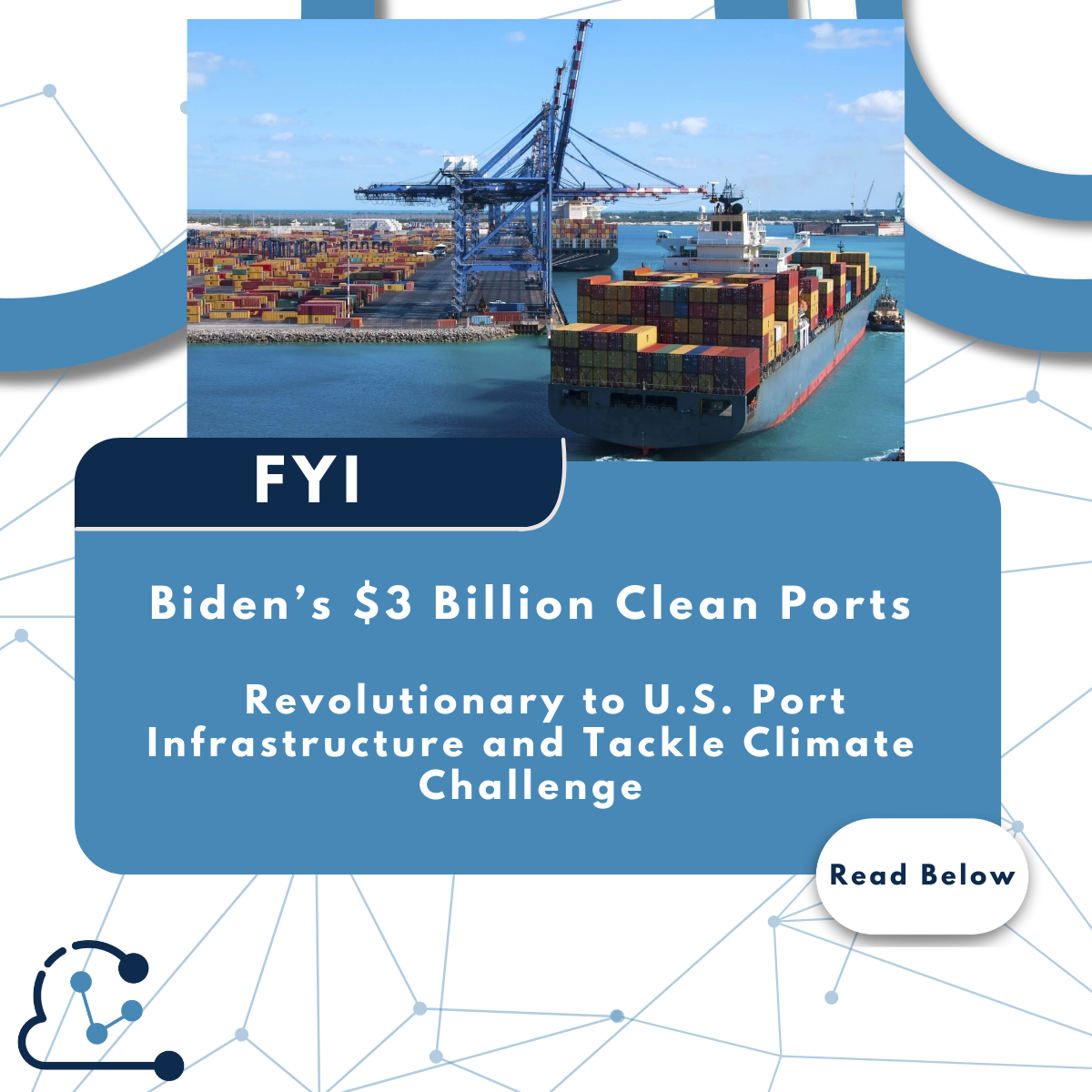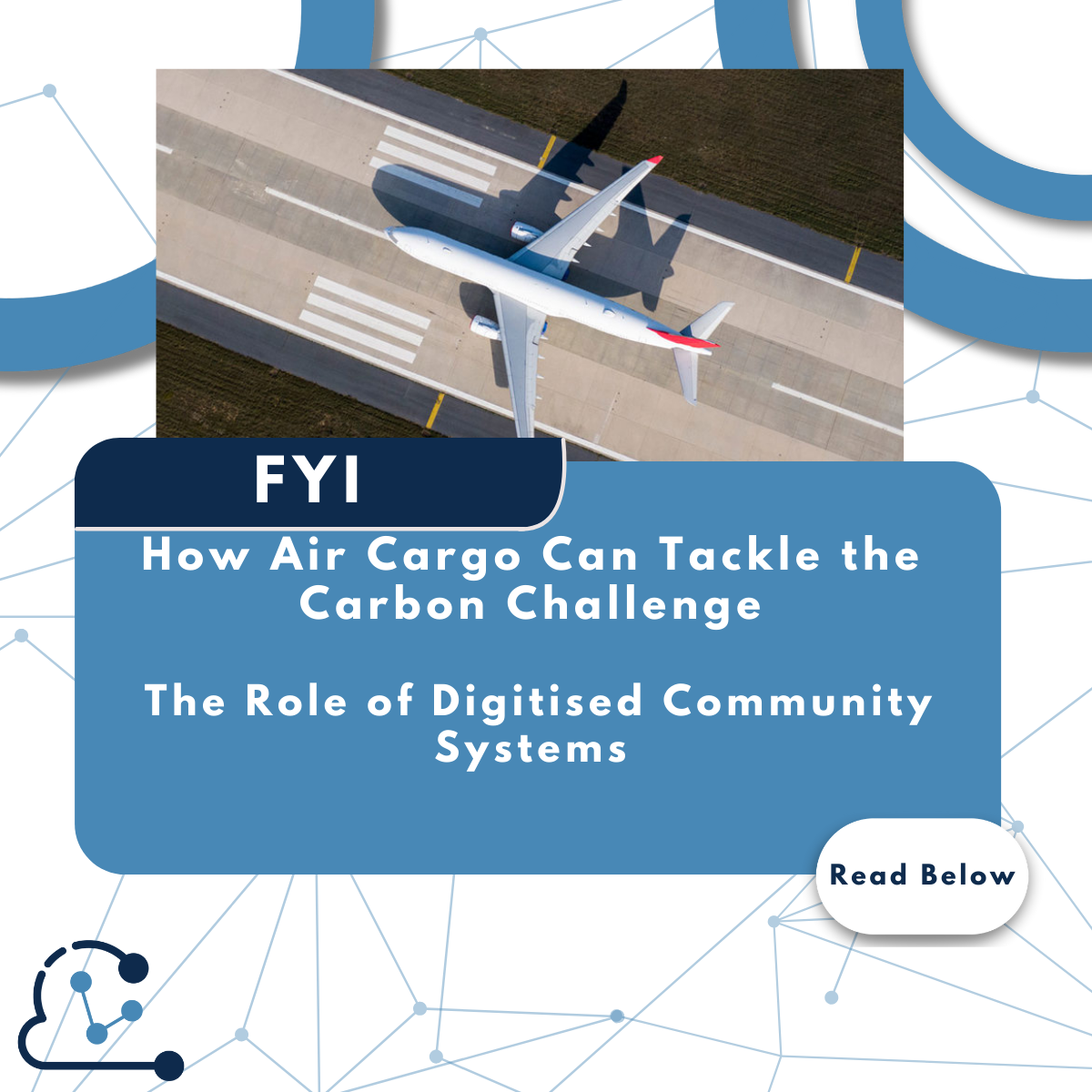Today, at the Port of Baltimore, President Joe Biden announced the U.S. Environmental Protection Agency’s (EPA) selection of 55 projects across 27 states and territories, set to receive a transformative $3 billion investment under the Clean Ports Program. This initiative is part of the administration’s broader strategy to modernise infrastructure while addressing urgent climate goals, a vital step towards creating resilient, low-emission supply chains in America’s logistics hubs.
The Clean Ports Program, an essential element of Biden’s infrastructure plan, focuses on deploying zero-emission equipment, converting traditional energy sources to shore power, and advancing cleaner technologies across America’s ports. According to EPA Administrator Michael S. Regan, “Our nation’s ports are critical to creating opportunity here in America, offering good-paying jobs, moving goods, and powering our economy. Today’s historic $3 billion investment builds on President Biden’s vision of growing our economy while ensuring America leads in globally competitive solutions of the future.”
These efforts to “green” ports couldn’t be more necessary. Port and freight equipment—ranging from trucks and marine vessels to cargo-handling machinery—are known contributors to diesel pollution, which impacts communities around port areas and accelerates carbon emissions. The EPA’s analysis indicates the Clean Ports Program’s investment will cut over 3 million metric tonnes of carbon emissions, equivalent to the energy usage of 391,220 homes for one year.
Among the ports receiving significant funding are:
- Port Authority of New York and New Jersey: £344 million
- Port of Oakland, California: £322 million
- Maryland Port Administration: £147 million
- Philadelphia Regional Port Authority: £77.7 million
- Georgia Ports Authority: £49 million
- Port of Detroit, Michigan: £21.9 million
- Port of Houston Authority: £3 million
- Northwest Seaport Alliance (Washington): £3 million
- Puerto Rico Ports Authority: £1.8 million
This funding is set to be transformational, enabling these ports to deploy a range of clean technologies, including over 1,500 units of cargo-handling equipment, 1,000 zero-emission drayage trucks, 10 electric locomotives, and 20 green-energy vessels. Additional investments will go towards shore power systems, solar energy, and both battery-electric and hydrogen charging infrastructure.
Real-Time Data: The Missing Link in a Climate-Resilient Supply Chain
As port operations and technology rapidly evolve, so too does the need for data-driven insights to ensure resilience in an increasingly complex logistics environment. Real-time supply chain visibility software, designed to track climate impact and operational efficiency, is essential for Beneficial Cargo Owners (BCOs) and Logistics Service Providers (LSPs) in order to make informed, timely decisions. By integrating this technology, LSPs can identify and counteract disruptions—whether from equipment delays, port congestion, or climate-related events—before they impact the broader supply chain.
The need for visibility and adaptability is further underscored by the unprecedented interest in clean technology funding: in early 2024, the EPA reported over £8 billion in grant requests from ports nationwide. Following a rigorous review process, 55 top applications were chosen, each designed to address critical issues in emissions and infrastructure sustainability. For example, the Port Authority of New York and New Jersey will deploy electric cargo-handling equipment and drayage trucks, phase out parts of its legacy fleet, and install shore power systems. Meanwhile, the Port of Oakland will install electric and hydrogen-based cargo equipment, a charging system, and a battery energy storage solution.
Supported by the Inflation Reduction Act of 2022, this landmark funding sets the stage for the adoption of real-time climate and supply chain visibility software. As U.S. ports increasingly integrate zero-emission technologies, the capacity to monitor these investments in real-time will prove invaluable. With climate and supply chain impacts now inextricably linked, the capability to provide immediate data insights will enable LSPs and BCOs to make business-critical adjustments—aligning with evolving environmental standards and market demands.
The Clean Ports Program promises a greener, data-driven future, ultimately setting a new standard for sustainable logistics across U.S. ports and opening the door for broader application of visibility technologies.



